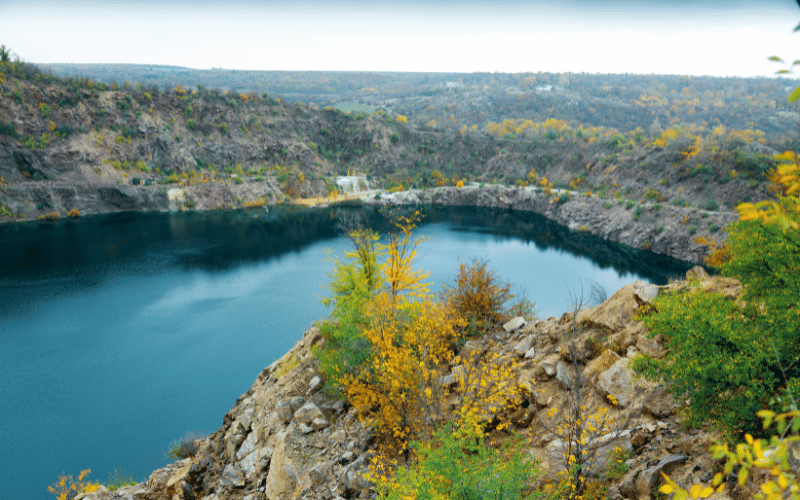Fact 7: Beyond the Air

When we think of radon, we often visualize it as a gas seeping up from the ground. But radon’s reach extends beyond the air. It finds pathways in the water we use daily, presenting another front in our fight against this carcinogenic substance.
Groundwater, especially from wells, can be a radon source. As radon in the soil dissolves into the water supply, it becomes a potential risk, especially when this water is used for daily chores like cooking or showering. The process of boiling or aerating the water can release the trapped radon into the air, making its pathway even more discreet.
Tackling radon in water requires a two-pronged strategy. The first is testing, specifically for homes that rely on well water. The second involves mitigation methods tailored for waterborne radon, such as granular activated carbon filters or aeration units. Both methods have their pros and cons, and the best fit often depends on the level of radon and household water usage. (7)